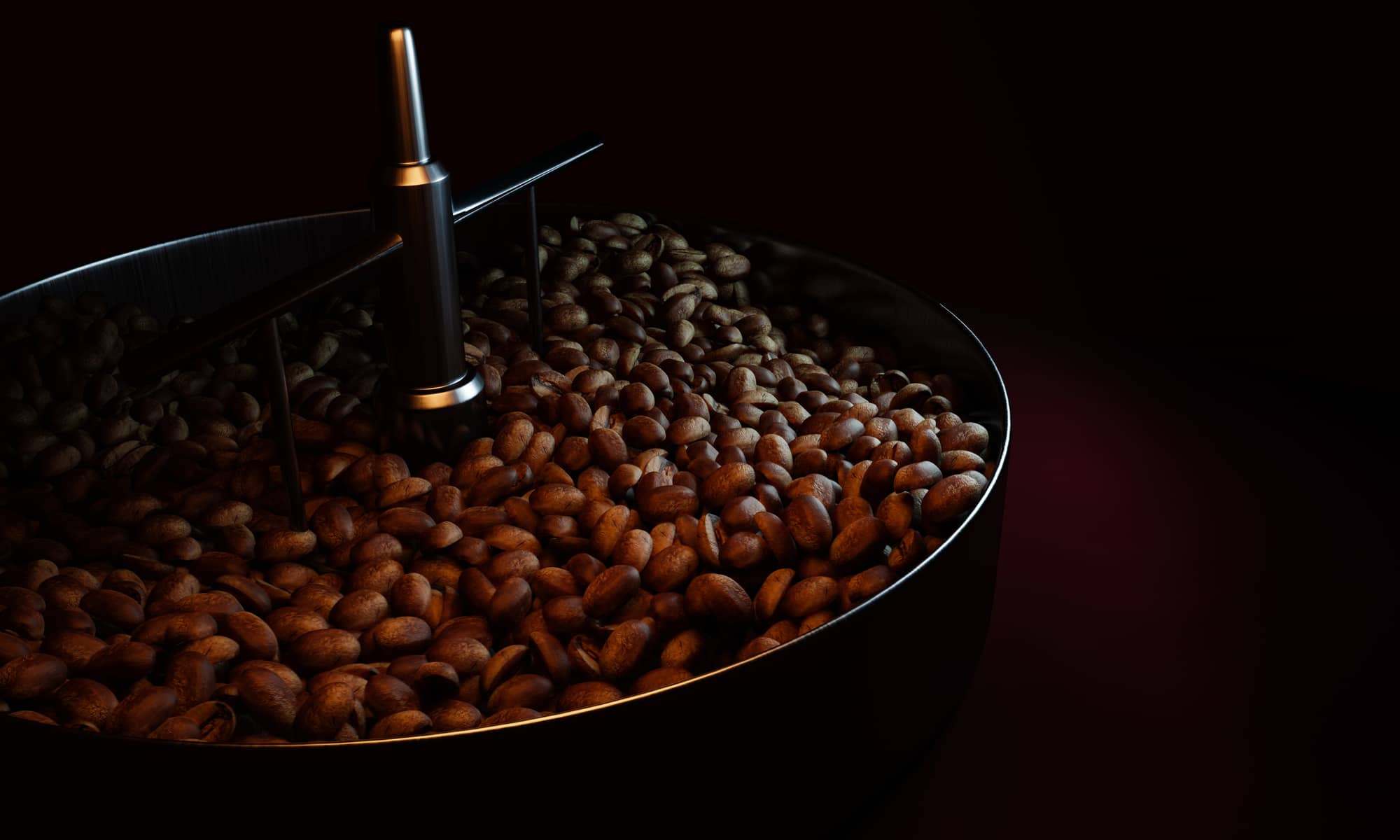Each batch of coffee beans tastes different, even if it is just slightly, because of the many factors that affect each cup of coffee. Those factors range from the process of the roast to the method of the brew. Most people do not think about these factors when they drink their Starbucks each morning, but it makes all the difference for coffee connoisseurs.
For coffee experts, knowing the makeup of the beans, their origin, and their moisture levels help them with the coffee-making process. When a roaster needs to create a roasting profile for a bean, knowing the bean’s density is one of the most important pieces of information. It will help determine each aspect of the roasting process, creating the best possible flavor in each cup of coffee.
In this article, we will teach you all you need to know about bean density, how it affects the flavor of your coffee, how to determine the density, and why it matters!
Why is Density Important?
Density is the mass of the item divided by the volume. Measuring the weight of coffee beans does not measure the density; instead, you have to measure the space the beans displace. Denser beans often have a richer flavor and make better coffee. But why is this?
Coffee beans are porous structures. The pours hold nutrients, and the more full the bean is, the denser it will be. These beans contain richer, darker flavors and higher sugar content. Denser beans have more energy and withstand cracks and pressure differently than beans with less density.
What Determines the Density of the Bean?
The density of the bean can be affected by several different factors. Many coffee lovers are familiar with the saying that the higher altitude the coffee bean is grown, the better it is. This is often true, but not always. Factors such as distance from the equator and soil nutrients play a part as well.
The higher you go, the colder it is, and the slower the coffee beans’ cellular respiration will be. This means that the beans at higher altitudes will likely have more sugar and nutrients, making them richer and more flavorful.
The cooler it is, the slower the bean will ripen, giving it more time to mature. Lower latitude and lower altitude coffee beans are in warmer temperatures, meaning they develop faster and contain less sugar and lower acidity.
There is more that goes into the density than just this, though. Things like coffee bean species, the way they are processed, the soil they are planted in, whether they are grown in sun or shade, how the beans are stored, and more all can play a part in the density and flavor of the bean.
How to Recognize the Density of Beans?
There are many ways to measure the density of beans, but here are the two most common. The first is to fill a graduated cylinder with a specific weight of whole bean coffee and figuring out the volume, then using the following equation to derive the density:
Weight (Grams) divided by Volume (milliliters) equals Density (G/ml)
The second way to determine the density of beans is to use the water displacement method. You fill a graduated cylinder with water, then add a known weight of beans. As the water is displaced, measure the new water volume and subtract the original water reading from the new water level to determine the density of the beans.

How Does Density Influence Roasting?
Higher density beans roast faster since they can conduct heat more efficiently. Less dense beans take a little longer to roast since the heat transfer is less efficient. Using a higher roasting temperature with a less dense bean can lead to bean scorching and flavor loss.
Density alone will not determine how you will roast your beans since so many factors play into that. However, the relationship of bean density to roasting time is something that you should consider. The more you know about the density of the beans, the better roasting results you will achieve.
Conclusion
Next time you sip a cup of coffee, consider how the density of the beans played a part in the entire process. Bean density is primarily determined by temperature, which can be affected by proximity to the equator and altitude.
Things like species, processing methods, and soil composition will play a part as well. Denser coffee results in richer flavor and delicious, robust coffee!
Happy Caffeinating!







